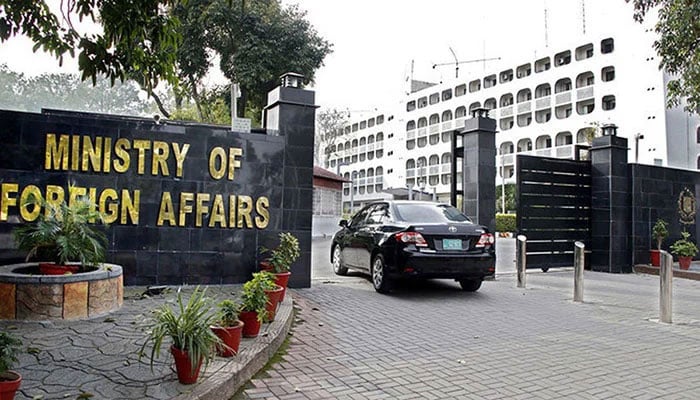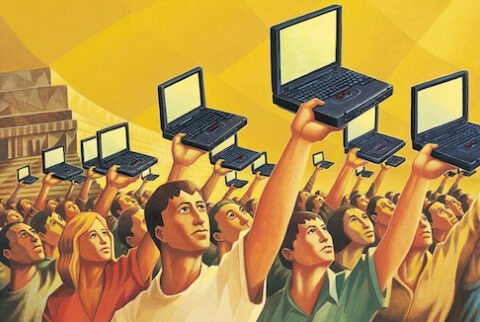Dr Bilawal Kamran
In a country already grappling with political instability and economic challenges, another horrific chapter of child sexual exploitation has come to light. This time, the scandal unfolded in Muzaffargarh, Punjab, where an international child pornography network was operating from a seemingly harmless gaming club. A disturbing tip-off from the US-based National Centre for Missing and Exploited Children led Pakistani authorities to uncover this deeply unsettling racket. The National Cyber Crime Investigation Agency has confirmed that nearly 50 children—some as young as six—were abused, filmed, and had their horrifying experiences sold as pornography on the dark web.
The man at the centre of the abuse ring is a German national, under whose supervision this heinous crime was being perpetrated. Though arrests have been made and a number of children rescued, the revelations are another dark reminder of Pakistan’s inability to protect its most vulnerable population: its children. This is not an isolated case. Rather, it is part of a long, horrific pattern of negligence, inaction, and systemic failure.
A Repeat Tragedy With No Lessons Learnt Every new case of child sexual abuse in Pakistan is not just a tragedy—it is an indictment of a society that has repeatedly failed its children. Over the past decade, countless stories of abuse have emerged—from the infamous Kasur child abuse scandal to the Zainab murder case—yet the country appears trapped in a vicious cycle of shock, outrage, and silence. After each episode, there is momentary outrage, hashtags trend, press conferences are held, and then… the system returns to its criminal indifference.
Despite a history of publicised abuse scandals, there is no permanent institutional memory or commitment to prevention. No concrete steps are taken to dismantle the deeply embedded structures—both social and administrative—that allow such crimes to flourish. Child protection mechanisms are poorly implemented, and whatever legal frameworks do exist are routinely ignored.
The Mechanics of Grooming and Exploitation Sexual grooming is a calculated, gradual process. It is not always the work of a masked stranger lurking in the shadows; often, predators are individuals known to the child—neighbours, teachers, employers, or even distant relatives. They gain trust, exploit vulnerability, and manipulate emotions until the victim becomes psychologically subdued, making it easier to commit abuse undetected.
In the Muzaffargarh case, the use of digital platforms for grooming, abuse, and blackmail reveals a chilling evolution in the methods used by perpetrators. These networks are sophisticated, global, and highly lucrative. And it is poor children, often from broken or impoverished families, who are most at risk. They are not only easier to lure with gifts and attention but are also less likely to be believed or protected by society.
State Negligence and Systemic Dysfunction The tragedy of child abuse in Pakistan is magnified by the institutional dysfunction that surrounds it. The law enforcement system is under-resourced and often untrained in handling cases involving children and digital crimes. There are widespread complaints of police apathy, corruption, and in some cases, even collusion with abusers. Investigations are delayed, evidence mishandled, and victims often re-traumatised in the process.
One particularly damning indicator of this dysfunction is the fate of the Zainab Alert App, launched with much fanfare in the wake of public anger following the Zainab Ansari case. The app, meant to trace missing children and expedite alerts, has now faded into obscurity, barely used and rarely updated. This speaks volumes about the lack of political will to sustain child protection reforms beyond the moment of crisis.
Punjab, the country’s largest province, does not even have a fully operational child protection policy. The long delays in approving and implementing basic frameworks reflect the flawed priorities of political leadership—where ribbon-cutting takes precedence over real reform.
Education and Public Awareness as Defence While institutional mechanisms are crucial, long-term protection must begin at the grassroots. Education is the most powerful defence against child abuse. Children must be taught, age-appropriately, about bodily autonomy, personal boundaries, and how to report uncomfortable behaviour. Parents, teachers, and caregivers need training on how to recognise signs of abuse and how to react responsibly.
Unfortunately, sex education remains a cultural taboo in much of Pakistan, limiting open conversations that could save lives. The silence around abuse creates shame, guilt, and isolation for victims—and impunity for perpetrators.
The Need for Media and Civil Society Activism There must be a united call to action from civil society and the media. Journalists, influencers, and rights activists must keep the issue alive in public discourse. Accountability begins with pressure. Those who hold power—politicians, police, and judges—must be made answerable to the people.
Media coverage should go beyond the sensationalism of arrests. It must investigate the networks, trace the enablers, and highlight the failures of institutions. When coverage stops at headlines, the deeper rot remains unaddressed. Civil society groups must also step in to provide psychological support to victims and advocate for survivor-focused justice.
The Moral Decline of a Nation The exploitation of children is not just a crime—it is a collapse of humanity. And when such crimes are met with silence, indifference, or cosmetic reforms, it reflects a deep moral decay. Societies are judged by how they treat their most vulnerable. If children are being raped, trafficked, and turned into commodities for global porn markets, and the state is either unwilling or unable to stop it, then the moral death of that society is already underway.
This is not just a provincial issue. It is a national crisis with global dimensions, implicating local failures and international crime syndicates. Only a comprehensive, long-term response—rooted in justice, transparency, and empathy—can begin to repair the immense damage done.
The Muzaffargarh abuse ring must not become just another headline. It must become a turning point. If not now, then when? And if we still remain silent, what future is left for our children?

















